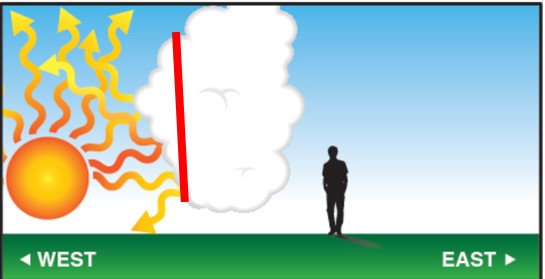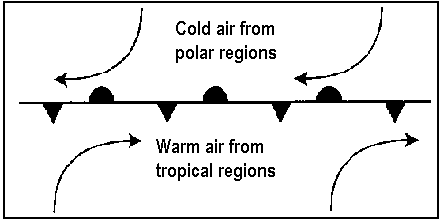It forms over warm tropical waters where air is rising.
The water must be at least 26°C.
It begins with thunderstorms, then starts to rotate – anti-clockwise in the northern hemisphere and clockwise in the southern hemisphere – with winds of at least 74mph.
It may be five to six miles high and 300 to 400 miles wide (though can be bigger).
It moves forward at speeds of 10-15 mph, but can travel as fast as 40 mph.



